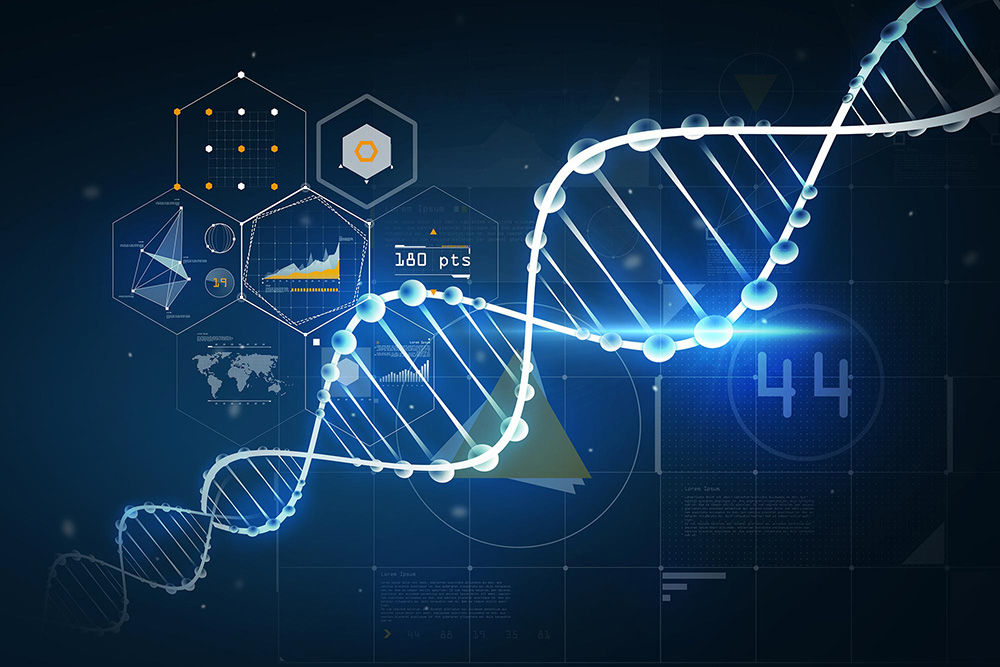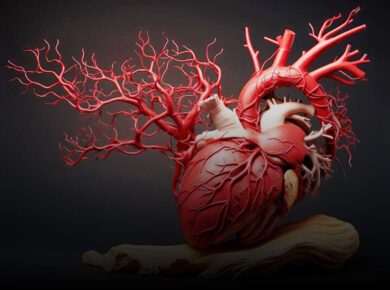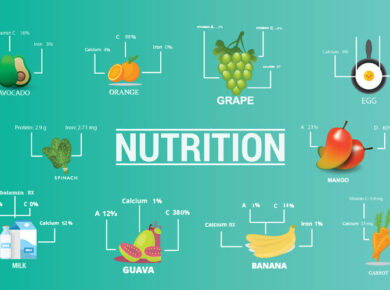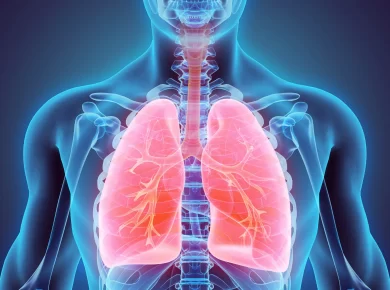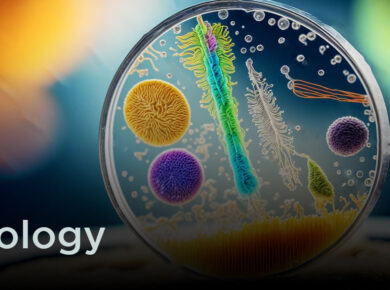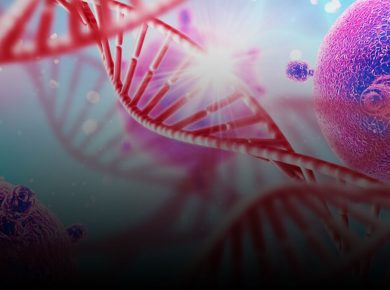Genetics & Society
You have learnt from earlier lesson of this unit that genetics is the science of heredity and variation. After Mendel’s work was rediscovered in 1900, genetics progressed very rapidly in the 20th century.
Today we find many applications of the knowledge of genetics in the fields of agriculture, medicine and forensic science. Some technologies related to genetics such as gene cloning, recombinant DNA technology, DNA fingerprinting, raising genetically modified crops will be dealt with in this lesson.
Genetics through Ages
The history of genetics can be traced to prehistoric times and be classified into three eras as give below:
Early ideas
Primitive art such as drawings in ancient tombs and caves, bones and skulls show that human activities included selecting, breeding and domesticating plants and animals. Between 8000 and 1000 BC, horses, camels, oxen and dogs had been domesticated. Between 7000 to 5000 BC corn, rice and wheat were being cultivated.
Between the 17th and 19th century many theories regarding inheritance had been proposed but could not be prove. These were epigenesis, preformationist, blending inheritance and pangenesis. But this clearly shows that humans were always curious to know how traits are passed down the generations.
Related Content: IAS Mania covers all topics in the science category for the UPSC exams.
Modern Genetics
Gregor Johann Mendel, whose principles (laws) of inheritance you have learnt in earlier lessons of the unit is regarded as the founder of modern genetics. Between 1902 and 1904, the chromosome theory of inheritance was accepted and chromosomes, which could actually by seen under the microscope during cell division, were regarded as the bearers of hereditary characters (genes). Mutations were recognised as source of genetic variation. With the acceptance of Darwin’s theory of natural selection, geneticists studied the inheritance of traits in populations (population genetics).
Molecular Genetics
By the mid 20th century, DNA was established as the genetic material and structure and chemical nature of DNA was understood (recall the double helical structure of DNA as proposed by J. Watson and F. Crick)
The central dogma of molecule biology holds that genetic information resides in DNA, but its expression is in the form of proteins which are synthesized according to genetic information carried by mRNA from DNA.
In the last two decades of the twentieth century more has been understood about the nucleic acid molecules and protein molecules and also about the genetics of bacteria. The knowledge gained has led to the invention of technologies of genetic engineering, gene cloning, organismal cloning, DNA finger printing. Even more recent are the fields of genomics and bioinformatics.
The entire genetic makeup (genome) of an organism can now be cloned, sequenced and functions of the various genes explored. Knowing the human genome has opened up the possibilities for handling genetic disorders through gene therapy.
GENE CLONIN AND GENE BANK
The term clone is a collective term for genetically identical individuals. You have probably heard about the sheep named “Dolly”, which possessed the same genes as did her mother as she was cloned from her mother. The production of large quantities of identical genes is called gene cloning. Since any gene is a segment of DNA having a particular sequence of the four nitrogen bases (A, T, G, C0 multiple copies of a particular gene may be obtained by means of recombinant DNA technology, popularly known as genetic engineering.
Gene bank various clones of bacteria carrying the desired genes in their DNA can be stored and preserved at very low temperatures for their future use, in a gene bank. A gene bank or a gene library or a DNA library is thus a collection of bacterial or bacteriophage (virus) clones. Each clone carries specific DNA segment (gene) from another organism.
For example, human gene coding for the hormone insulin may be inserted through genetic engineering into a bacterium, when the bacterium multiplies it forms a clone of bacteria carrying the gene for insulin and may be preserved in the gene bank. Thus clones from a gene bank may be used for producing in large quantities, certain enzymes, hormones and vaccines.
For more updates, visit www.iasmania.com. Please share your thoughts and comments.

